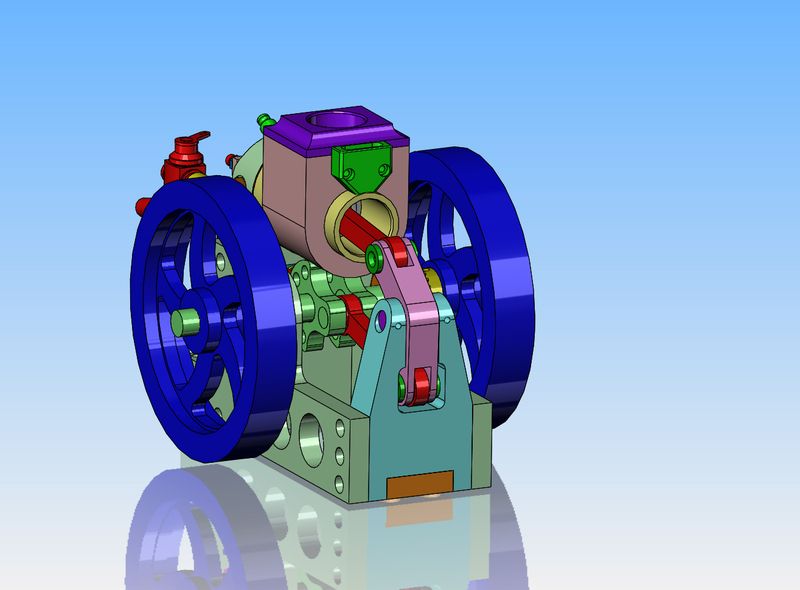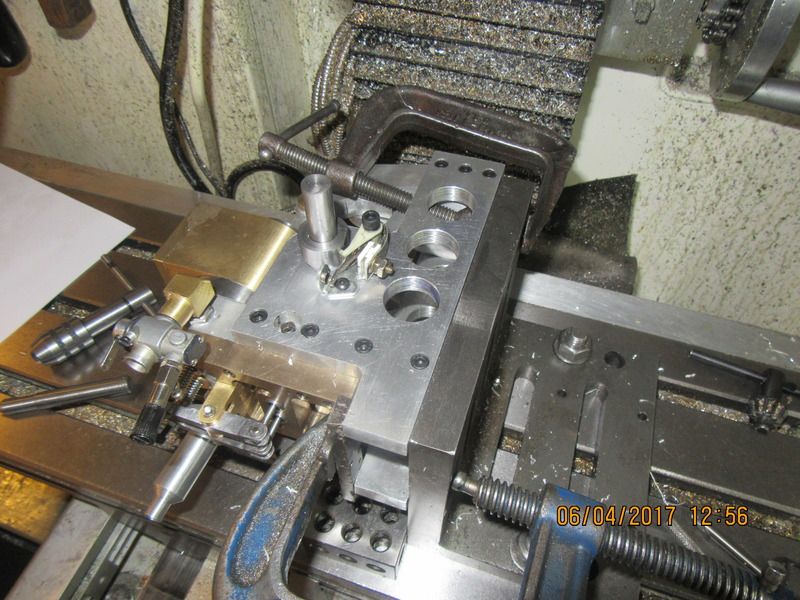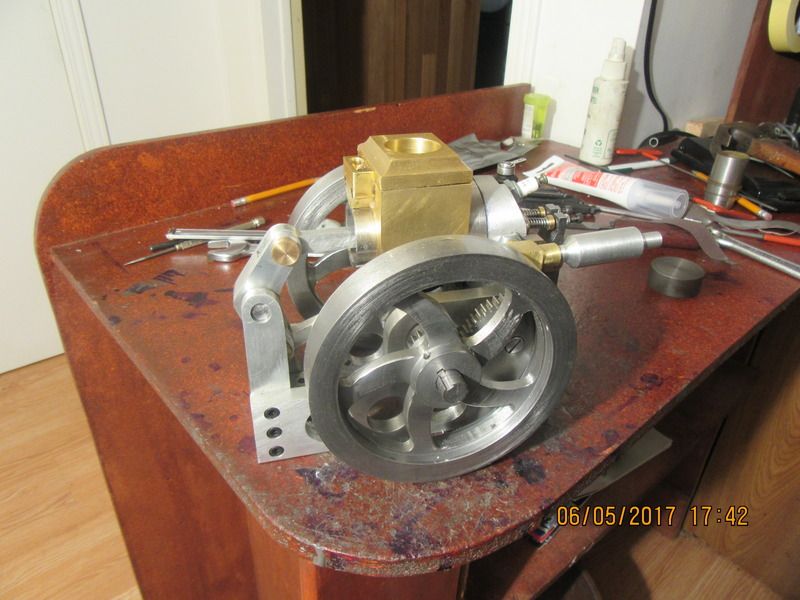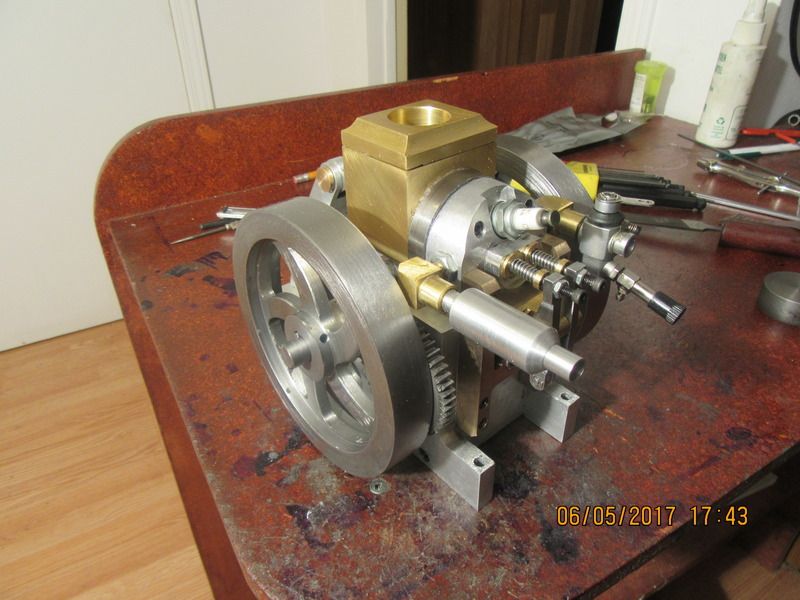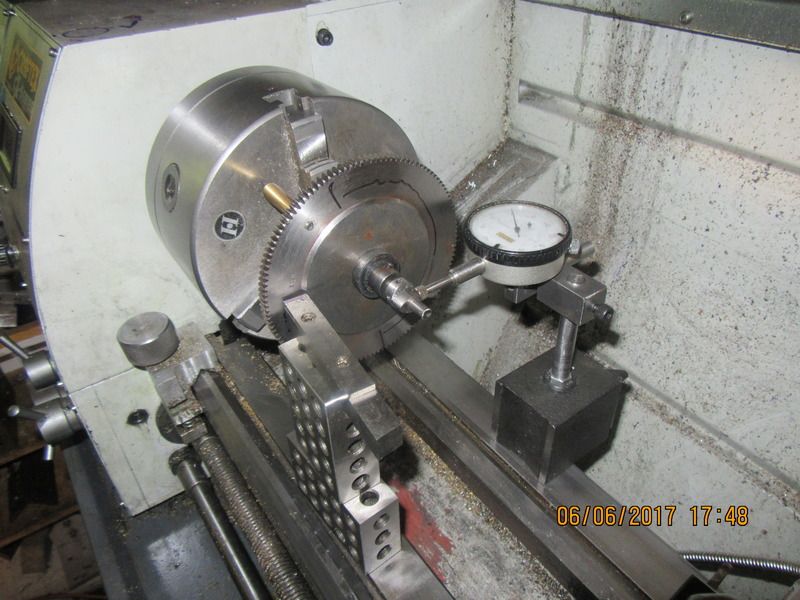This video shows the valve train in fully finished and operational mode. The valve lash is set to .005", but the cams are not timed yet. At one point in the video, I point out a slot in the end of the camshaft. This slot will allow me to turn the shaft with a screwdriver so that when I do go to set the cam timing, I can loosen off the grub screws holding the timing gear to the camshaft and turn the camshaft by itself without changing the rotational position of the gears. Anyone who has ever built one of these small 4 cycle engines will know exactly what I am talking about here. It is easier to do it than it is to explain it. What comes next?---Well, I need to think about how I am going to retain the rocker shaft in position, and mill some clearances in the rocker tower so that the bottom con-rod can "swing thru" without catching on the sides of the slot. After that, it's basically re-assembly, add the ignition points, and hope for the best. Somebody please let me know if the video is working--I have had some problems with that in the past.---Brian
[ame]https://www.youtube.com/watch?v=9Kug_t03_8g[/ame]
[ame]https://www.youtube.com/watch?v=9Kug_t03_8g[/ame]





